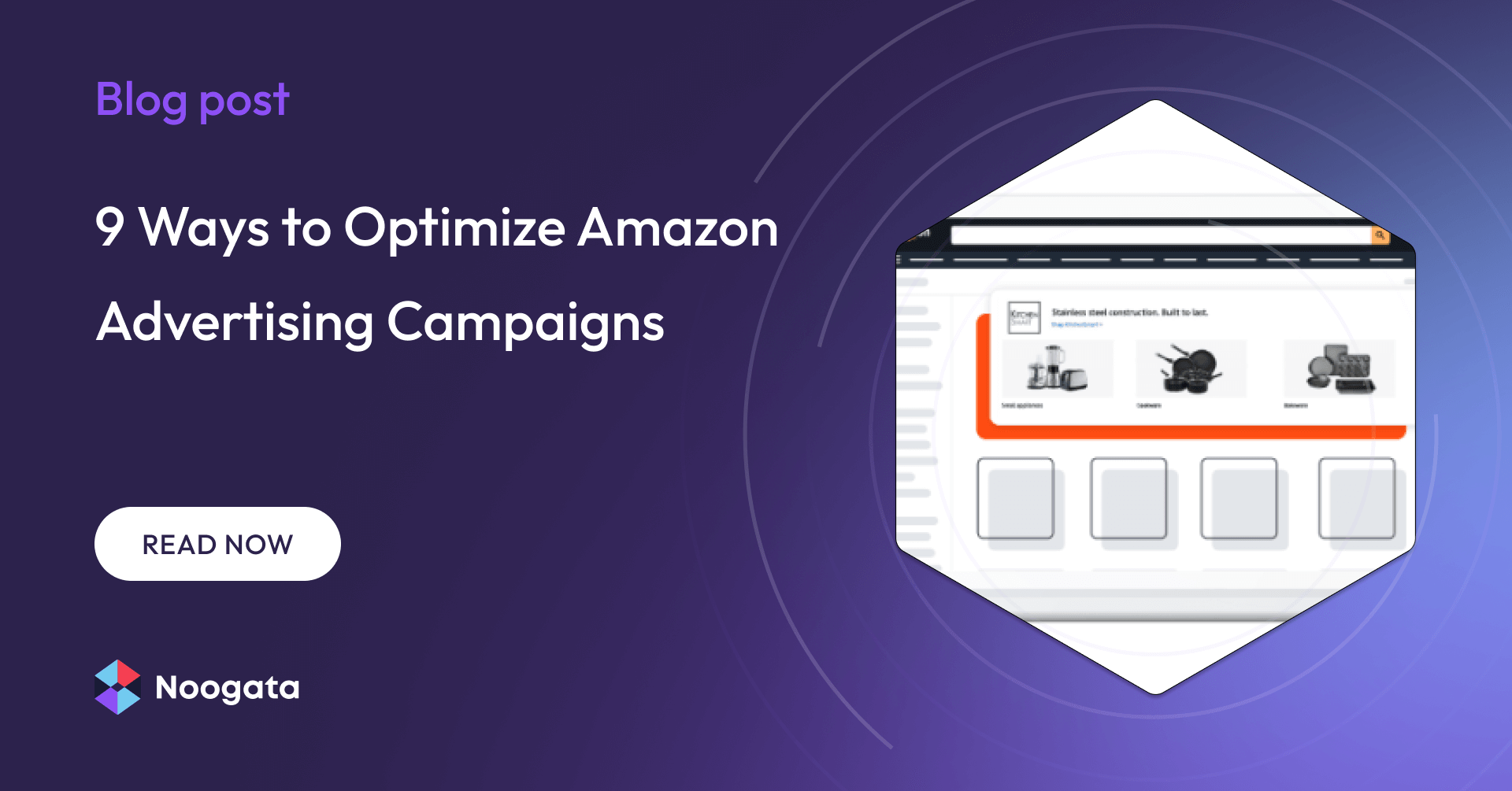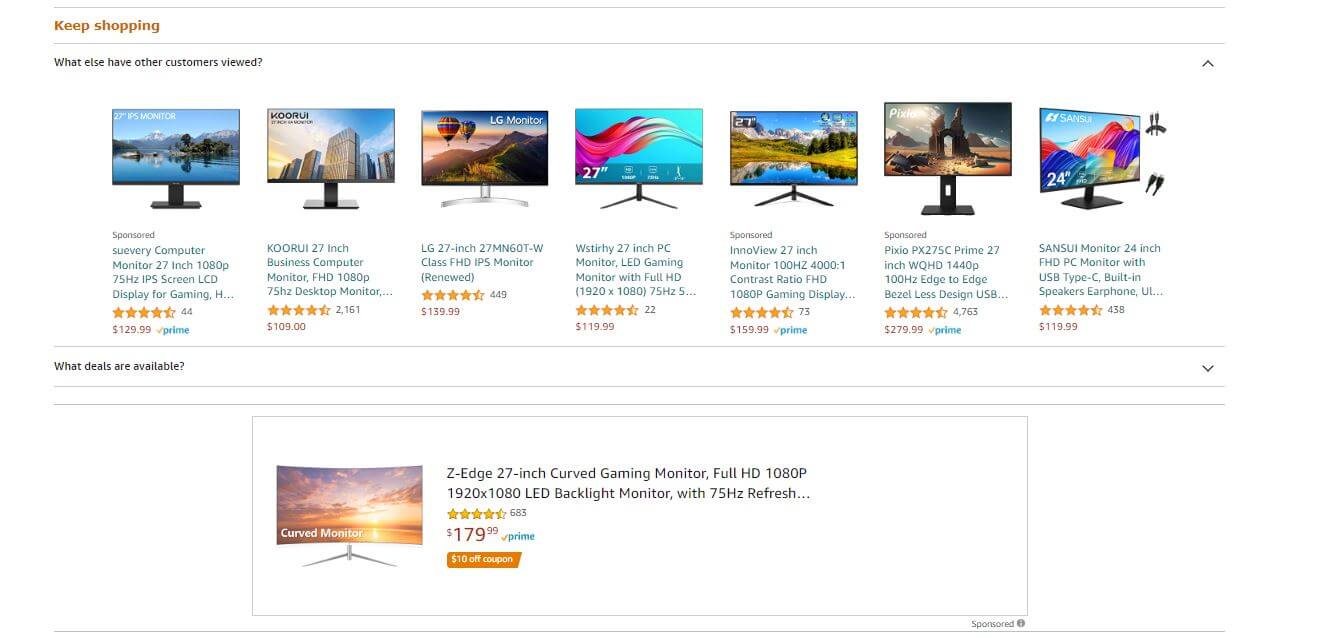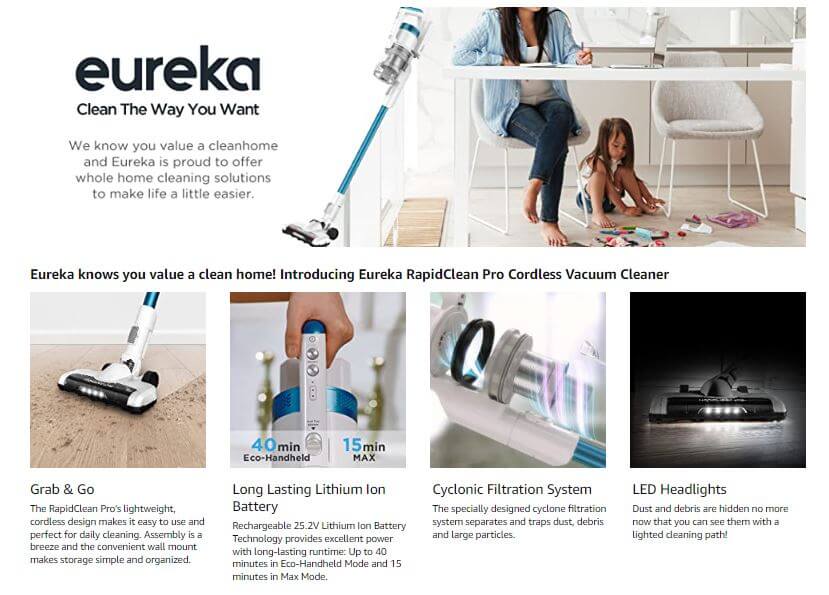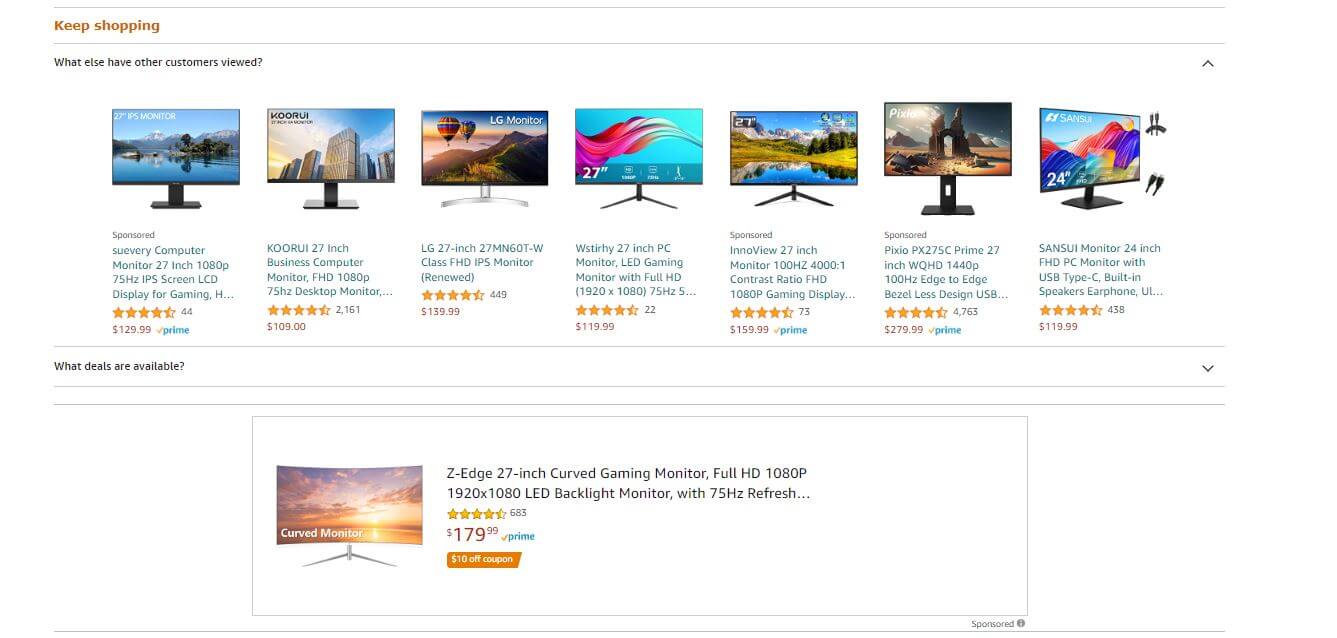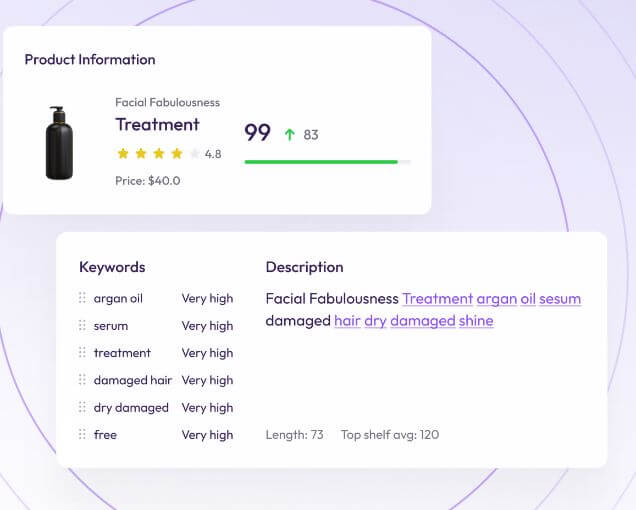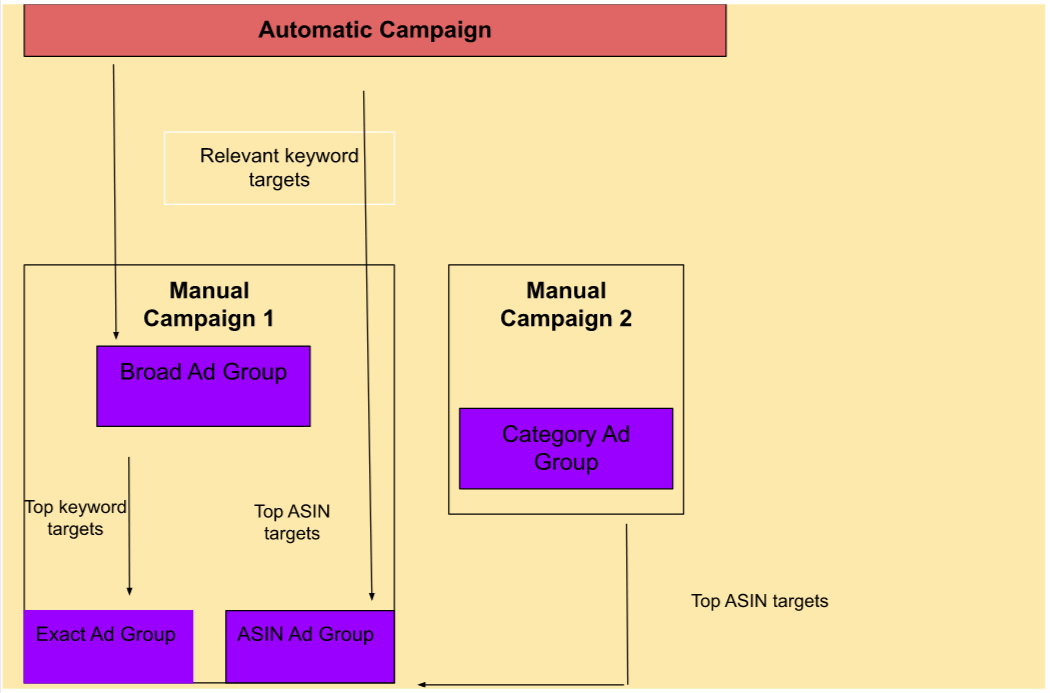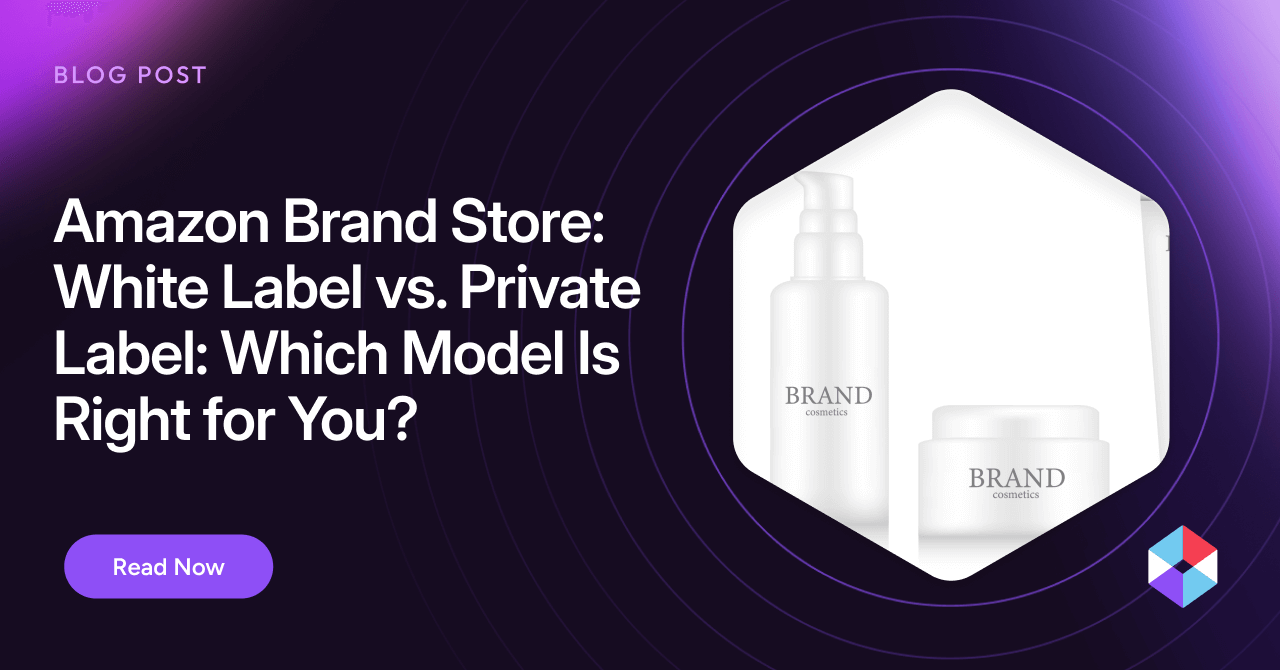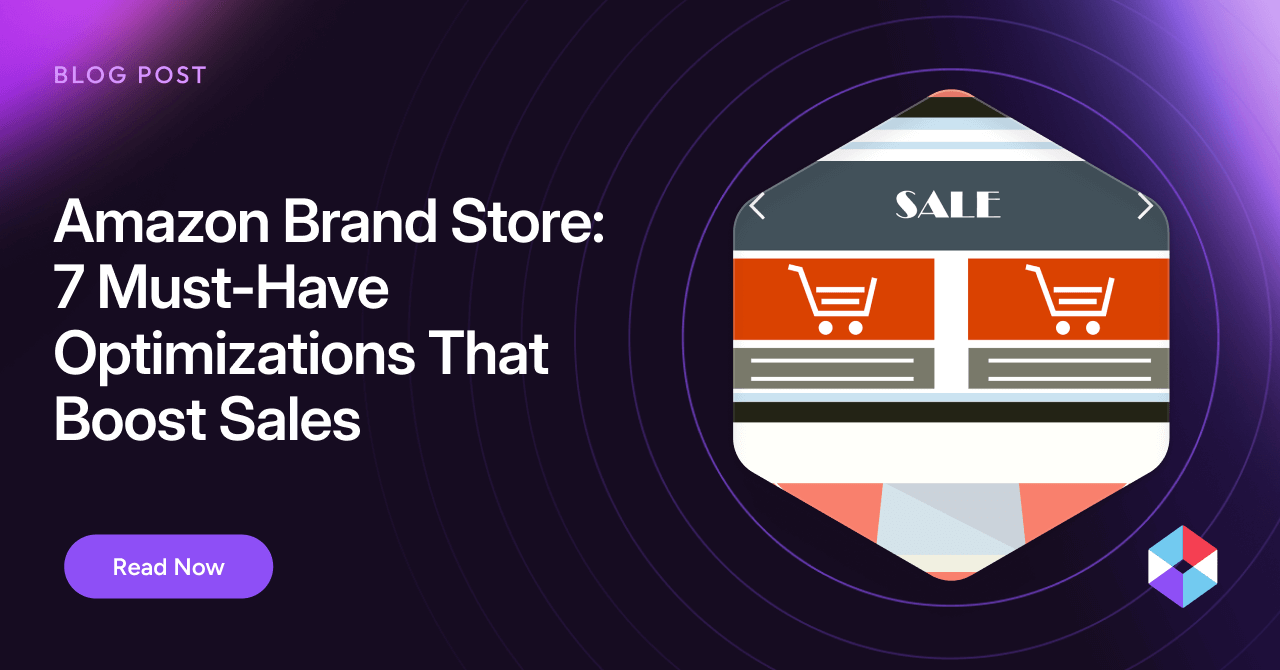The competition in the Amazon marketplace is fierce. If your eCommerce brand is one of the two million third-party sellers fighting for sales, you must know how to use Amazon to gain traffic and rise in the rankings—and that means creating Amazon ad campaigns that convert.
Consider that Amazon’s net marketplace sales for 2022 reached $514 billion, and according to Amazon, 60% of the units sold are from third-party sellers. That means you’re competing for a slice of a $308.4 billion pie, and to get that, you need to separate yourself from your competitors.
But while advertising with Amazon seems simple enough, the reality is that the competition is doing it too. The key to success is knowing how to optimize your campaigns to gain traffic, increase your product ranking, and create more sales.
This post takes a deeper look at what Amazon advertising is, its benefits, and how eCommerce brands can use a data-driven approach to optimize their campaigns and stand out from the competition.
Why You Should Be Using Amazon Advertising Campaigns
Amazon advertising campaigns, or PPC, are cost-per-click ads that sellers can run on Amazon’s platform to advertise their products. Since 66% of consumers start their search on Amazon, any eCommerce team serious about driving product sales should advertise its products to an enormous, diverse, global audience looking for what you’re selling.
The good news is that despite the fierce competition to rise to the top of Amazon’s search engine, Amazon’s advertising platform democratizes the marketplace by offering all sellers the potential for greater visibility, increased sales, and the ability to target the right audience.
4 Benefits of Amazon Advertising
1. Platform-Specific Ads with High ROI
Amazon PPC ads are contained strictly within the Amazon Marketplace, meaning they aren’t at the mercy of the many Google algorithms. Because of this, traffic from Amazon ad campaigns is more reliable and consistent. Since you typically pay per click rather than impression, Amazon PPC ads offer sellers the best return on your ad investment.
2. Boosts Organic Ranking and Traffic
Paid advertising helps eCommerce brands grab those coveted first results on Amazon because the ads positively impact your product’s sales history, a key factor in Amazon’s search algorithm. The algorithm notices high sales, and it works to get your listing moved to the top of its category. Keywords used in PPC ads are also boosted in rank.
3. Builds Your Brand
Since you don’t pay for impressions, Amazon PPC ads can help you increase brand exposure and consumer trust without breaking your budget. This is especially important since the platform is the first stop for many high-intent buyers.
4. Targets Buyers, Not Window Shoppers
Unlike other platforms, Amazon buyers aren’t just browsing—they are ready to buy. The platform allows ecommerce brands to target these high-intent buyers based on specific keyword search terms and buying behavior. As a result, the average conversion rates of PPC ads on non-Amazon platforms hover at 1.33%, while the conversion rate of Amazon PPC ads is an impressive 9.39%.
| 9.39% | 1.33% |
| Average Amazon PPC conversion rate | Average PPC conversion rate on non-Amazon platforms |
What Amazon Advertising Campaigns are available?
Different Amazon ads and campaigns help eCommerce teams achieve different goals, so you’ll need to know when to use each to succeed with your ads.
There are two types of Amazon campaigns:
- Manual – If you have a list of keywords, you should use manual campaigns to monitor any changes in those keywords and adjust as needed. Although the upfront time investment is more significant than automatic campaigns, manual campaigns can target audiences more precisely, often resulting in a lower ad spend.
- Automatic – With automated campaigns, Amazon selects the relevant keywords for your ad based on customer clicks, product category, and description.
There are three main types of Amazon ads:
Sponsored Product Ads
If your main goal is to increase conversions for an individual product, you’ll want to invest in Sponsored Product Ads. As the most popular ad on the platform, these ads are easy to create and control costs and are quickly recognized by the “Sponsored” tag displayed on the top of the ad.
Sponsored Brand Ads
If your main goal is to increase brand loyalty and retention or increase visibility for your entire ecommerce digital shelf, however, you’ll want to consider Sponsored Brand Ads. Also known as “headline ads,” these image or video ads are aimed at shoppers at the start of their buying journey. Like sponsored product ads, they are CPC ads, but these ads are limited only to sellers registered in the Amazon registry.
Sponsored Display Ads
If you want to increase awareness and target shoppers who’ve viewed products of your competitors or those who’ve viewed categories related to your product, you’ll want to use sponsored display ads. Introduced in 2019, these CPC or VCPM ads (available at a cost per 1,000 viewable impressions) extend beyond the Amazon platform to external sites. Like sponsored brand ads, they are only available to sellers registered in the Amazon registry.
9 Ways to Optimize Amazon Advertising Campaigns
Ecommerce teams responsible for ad budgets need to make sure every penny counts. So it’s essential that you understand how to optimize your Amazon advertising campaigns for success. A deep grasp of key metrics is the best way to maximize your ad spend.
Here are nine ways to set things right when your ad campaigns aren’t converting:
1. Improve Your CTR
Your ad campaign click-through rates (CTRs) are influenced by keyword relevancy and product listing content. If your CTR is lower than expected, the first steps are to check that your image is high quality, attempt to increase the number of quality reviews, add a more descriptive listing headline, and ensure your pricing is competitive.
Next, you’ll want to:
- Eliminate irrelevant search terms – Remove all search terms with a CTR of 0.2-0.3%.
- Choose ad placement carefully – Most ad placements are product pages, which have a CTR of 0.2-0.4%. The rest of search has CTRs of 0.5%-1%, and the top of search has CTRs of 2-5%. Consider adjusting your ad placement to a more favorable position.
- Add negative keywords – Negative keywords assist in preventing the display of advertisements on shopping results pages that don’t correspond to your campaign’s goals.
Here are the average CTRs to aim for according to ad type:
| Sponsored Products | Sponsored Brands | Sponsored Display |
| 0.42%. | 0.38% | 1% |
2. Get a Handle on Your ACOS
ACOS, or the average cost of spend, helps you determine the profitability of your ads and measure their effectiveness compared with your competitors. To understand the maximum amount you can spend before losing any profit, you’ll need to calculate your break-even point.
| ACOS = Total Ad Spend
Total Sales |
Your target ACOS should be between 5% and 15%, depending on your advertising goal. For new product listings or to gain greater visibility, you may hit your break-even ACOS point or even take a loss. However, if you want to increase sales, you’ll want to focus on hitting or exceeding your profit margin.
3. Lower Your CPC
The term “cost per click” (CPC) describes the actual ad expense you incur for each click on the advertisement. This is derived by dividing the whole ad expenditure by the quantity of clicks.
Your objective is to optimize your campaigns to attain the lowest CPC because a lower CPC equals a larger ROI. You can achieve this by running advertisements that precisely target your clients without drawing many competitors.
To do this, you can:
- Make ads that are pertinent to your greatest SKUs.
- Try other keyword variations.
- Employ long-tail search terms.
- Check your campaign settings frequently. Try Fixed Bid or Bid Down settings to reduce your CPC.
4. Increase Your Conversion Rate (CVR)
The typical conversion rate on Amazon is estimated between 10% and 15%. This is greater than the standard for other eCommerce platforms, which varies by industry and ranges from 1% to 2%.
To maximize your CVR further, consider the following:
- Employ an Amazon-capable eCommerce platform to monitor your rivals’ prices and ensure your own aren’t too high or low.
- Level up your listing by:
- Emphasizing the benefits and advantages of your product in the product descriptions.
- Add images demonstrating how to utilize your product.
- Verifying that you’re using the right keywords for your product titles and descriptions with Amazon keyword tools.
- Setting up remarketing ads, which can increase CVR by up to 3X.
- Joining the Amazon Prime network (CVR can be as high as 74%).
- Using a tool like Noogata’s Digital Shelf to uncover emerging search trends and categories that drive conversion before your competition does
5. Jumpstart New Keywords by Bidding on a Higher Price
New keywords don’t have any click history, but you can take charge of this opportunity by bidding a higher price on these keywords. Once they have a click history, you can lower them and continually adjust the optimal bid.
After a week of running ads, you’ll have the data to optimize your bids for manual campaigns for each keyword.
At this point, you can:
- Lower the bid if the ACOS for a keyword is above the target value.
- Raise the bid if the ACOS for a keyword is below the target value.
- Experiment with keywords with no or low impressions or sales; higher bids may activate them.
You can also build high-performance product pages automatically with the right keywords at scale with Noogata’s Perfect Content feature.
It helps you identify and improve underperforming product content with ease, measure content quality by quantifying product performance against search terms, and benchmark your content optimizations with brands in your competitive landscape.
6. Discover New Keywords with Automatic Campaigns
Here’s a trick: Run an automatic and manual campaign simultaneously for the same products. After letting the automatic run for enough time to gain data, move the keywords into your manual campaigns.
How does it work?
- Your automatic campaign will continue with an automatic ad group.
- Run a manual campaign with three different ad groups based on the main keyword types: broad, exact, and ASIN targeting.
- Run an additional manual campaign to target the relevant category.
You’ll then take the targeted keywords from your automatic campaign and plug them into the manual campaign with different keyword types. Only the top ASIN targets from the second manual campaign are added to the Exact or ASIN Ad groups, since they have the highest degree of control.
7. Use the Noogata Ad Booster
If you want to launch many new product ads at scale across multiple channels, consider Noogata’s Ad Booster. It automatically discovers high-performance keywords and ASINs to target and expand ad reach, eliminates poor-performing keywords negatively impacting your results, and optimizes bids for keywords with a high-performing return on ad spend (ROAS) score.
Ad Bosster’s deep, AI-powered analytics generate insights that allow you to boost the performance of a manual campaign to get results that significantly improve on Amazon’s automatic campaigns. The software’s simplified, automated, and real-time data collection will amplify the results on your Amazon digital shelf and give you an edge over the competition with actionable competitive intelligence.
8. Optimize Your Product Page
Buyers must have compelling content to choose your product among millions of other products. That means optimizing your listing and product page with original copy, a sense of urgency, high-resolution and relevant images, and killer headlines with the right search terms. Be sure to include A+ Content that lets you add more elements to your product descriptions, such as banners, tables, bullets, and dynamic photos and content.
9. Bonus Optimization Tips
Here are a few other helpful ad campaign optimization tips:
- Try organizing your campaigns by separating them by product or child SKU.
- Try bidding on the same keywords as your competitors.
- Use AI-powered competitive intelligence tools models to gain a robust analytics base and create actionable insights.
- Experiment with all PPC types to see what works best.
Ad Campaign Optimization Is the First Step to Winning on Amazon
With these nine tips, you’ll be well on your way to creating winning amazon advertising campaigns that will help you get in front of the competition. Staying focused on the data allows you to make the proper adjustments that help your campaigns convert more often and increase your ROI.
The next step is to use a cutting-edge eCommerce competitive intelligence platform like Noogata that provides analytics and tools to help you grow your business like never before.
Try a free demo of Noogata and see how real-time automated monitoring, powerful AI models, and action-focused dashboards accelerate your ecommerce growth.
